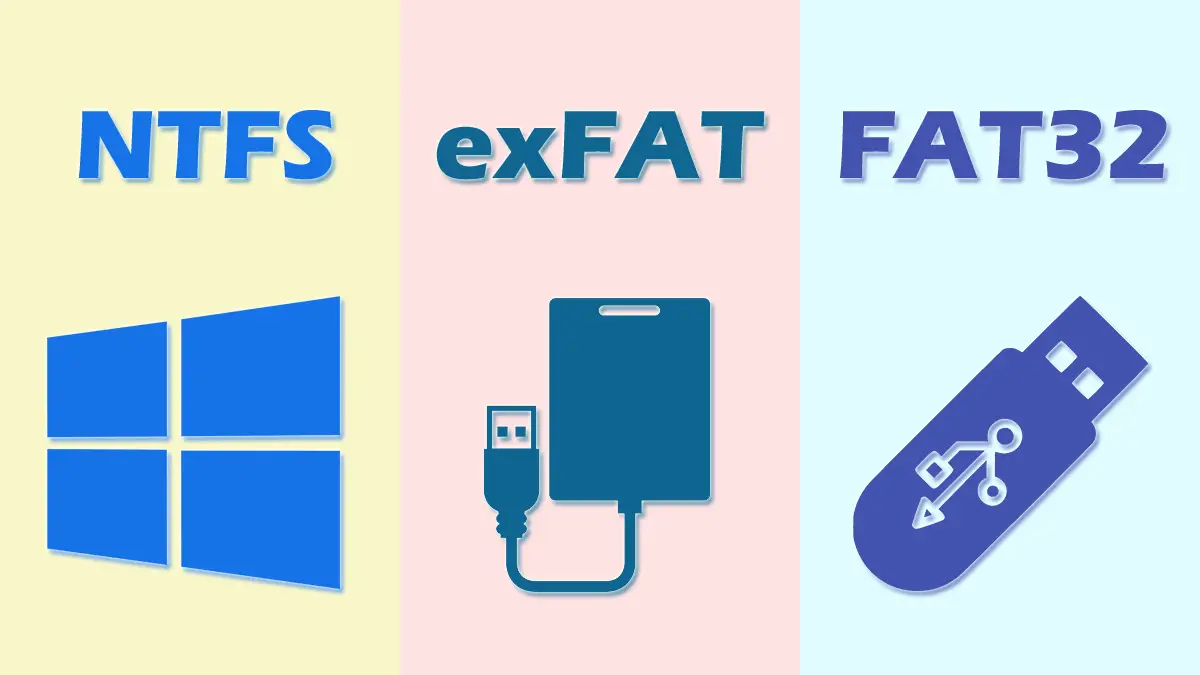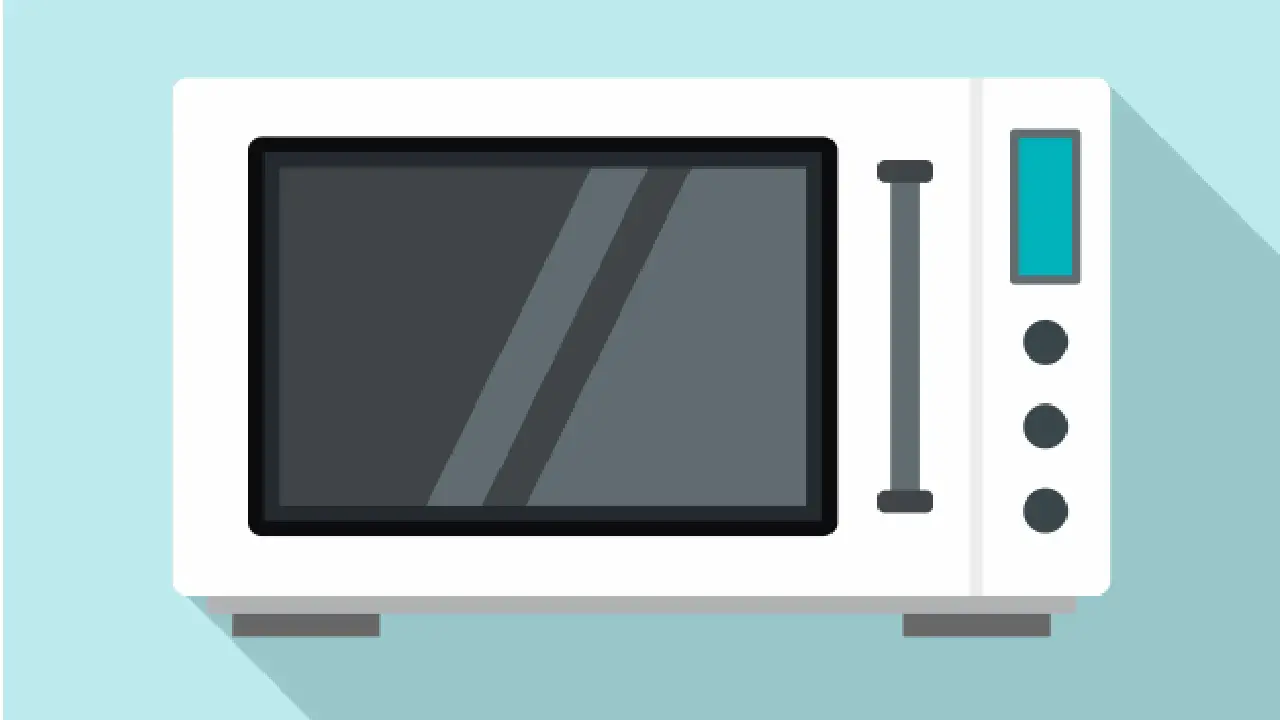Explained
Laptop RAM Vs Desktop RAM: What’s the Difference?
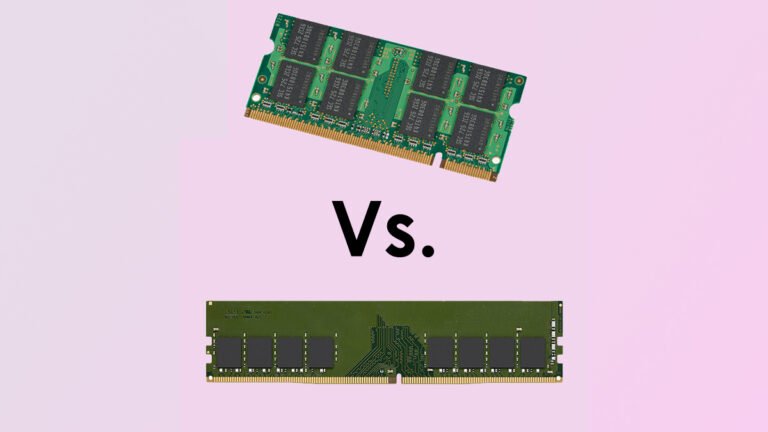
Random Access Memory (RAM) also known as system memory, is a well-known term among users.
In layman’s terms, RAM is the system’s short-term storage for data; it is used to store the information that computers are making use of for rapid access.
Additionally, the use of multiple programs will require greater memory.
There are various kinds of RAM and memory modules utilized in various gadgets.
As a fundamental part of a computer, or laptop, it is essential to understand how various memory modules work.
The days are gone that there was only one kind of RAM module.
You can utilize it on a laptop computer or even laptops.
Desktop RAM & Laptop RAM: An Overview
It’s essential to know what laptop and desktop RAM components are.
Therefore, prior to discussing laptop RAM vs desktop RAM, let’s look at a brief overview of the two types of memory.
Desktop RAM (DIMM)
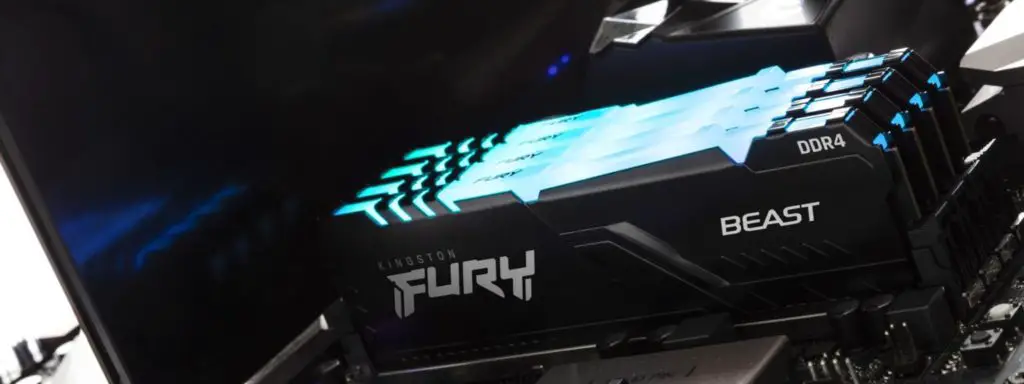
Desktops employ the system memory modules referred to in”the Dual In-Line Memory Module ( DIMM).
The DIMM type is comprised of multiple memory chips in the same circuit board. DIMMs are the common memory type that is widely utilized for desktop PCs.
DIMM modules work with the majority of modern desktop computers that support 64-bit data speed. Additionally, they’ve been replaced by earlier SIM (Single In-Line Memory) modules, which utilized 32-bit memory paths.
Additionally, DIMM can be classified as dynamic RAM (DRAM). The DRAM classification of memory makes use of an electronic circuit and a capacitor pair.
It certainly functions in accordance with its name. it frequently refreshes the memory to ensure that its contents are not lost.
There is a variety of DIMMs. They include:-
- SDRAM (Synchronous Dynamic RAM)
- DDR SDRAM (Double Data Rate Synchronous DRAM)
- DDR2-SDRAM (Double Data Rate 2 Synchronous RAM)
- DDR3-SDRAM (Double Data Rate 3 Synchronous RAM)
Laptop RAM (SO-DIMM)
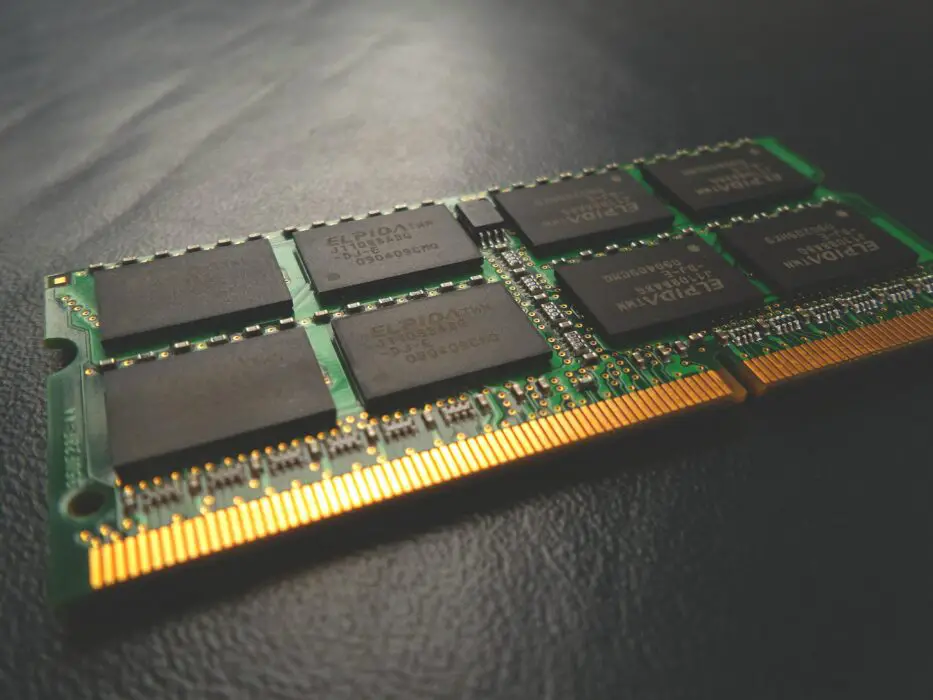
Laptops have memory modules that are part of the system, called”the Small Outline Dual In-Line Memory Module ( SO-DIMM).
It’s basically a shortened variant of DIMMs. Additionally, SODIMMs use integrated circuits.
Most laptops today contain SODIMMs in their main memory modules.
They’re extremely small and are therefore perfect for portable models of computers, such as laptops.
SODIMMs are approximately smaller than regular DIMMs used in computers.
SODIMMs was created to replace DIMMs since it would be difficult to accommodate an internal memory module for a desktop in a small machine.
Below are some of the most common kinds of SO-DIMMs:
- SDR DRAM: contains 100 pins and two notches.
- SDR SDRAM has the capacity of 144 pins, with one notch
- DDR/DDR2 SDRAM has 200 pins and a single notch
- DDR3 SDRAM includes the 204 pins of DDR3 with one notch
- DDR4 SDRAM has 260 pins and one notch
- UniDIMM includes 260 pins and only one notch
Desktop RAM Vs. Laptop RAM: Key Differences
Although both types of system memory modules serve the same function, there are some differences.
RAM Size Does Matter
Desktop RAM is physically bigger than laptop RAM.
DDR4 Memory modules that are used in modern computers contain 24 pins, whereas laptop memory modules contain 204 pins.
The average desktop RAM module’s length is around 4.5 inches, while the average laptop memory module’s length is about 3 inches.
Therefore, the size distinction is primarily due to the physical length as well as Pin configuration.
Laptop RAM modules comprise about 50 percent of desktop RAM units.
Compatibility
As mentioned previously Desktops contain the system memory classification DIMMs Laptops are equipped with SODIMMs.
Both are distinct and not compatible with one another’s respective motherboards.
In the past, it was possible to run laptop RAM modules on desktops and reverse.
But, since the newer models of system memory were introduced and the situation has changed.
Thus the RAM sticks used in laptops and desktops aren’t interchangeable due to their various design and layouts.
Upgradability
Although it’s not a major element, it’s an important concern for those who love to upgrade their laptops.
A lot of laptop makers sell RAM modules to motherboards but don’t provide slots to upgrade.
It’s not the case for all laptops however, the number is growing. Desktops offer more room to upgrade, and you can choose the memory capacity according to your needs.
Laptop makers follow the same path in which the user is given the most limited control of their computer.
The upgradeability aspect isn’t completely unrelated, but it is an important factor to take into consideration when looking to compare the two.
Desktops Have Two, Four Or Even Eight Memory Slots While Laptops Have Only Two
The majority of desktops offer more expansion alternatives than laptops. You can expand up to two additional slots or RAM to your desktop.
However, laptops are limited to two slots that cannot be further expanded. This could be problematic when one plans to increase the memory of their laptop.
Desktop RAM Has A Larger Bios Support Than Laptop RAM
Laptops support up to 16GB of RAM as well as expand the RAM of desktops even further.
In terms of the maximum RAM support by operating systems laptops that are further from 32-bit windows can allow up to 4GB of RAM on laptops.
On desktops, you can be up to 8GB RAM.
Main Distinguishing Factor
The primary difference between the laptop RAM and desktop RAM is their form element. The differences are evident through the sizes of both memory units and also the number of pins. The standard laptop’s RAM is designed to be smaller than desktop RAM. This is because of the dimensions of the laptop.
A further major distinction is the pin count. Laptop RAM is equipped with 204 pins, while desktop RAM is 240 pins. Modern computers are adjusting to this new trend and swapping between two memories is now impossible.
Desktops are equipped with many more slots for expansion than laptops. Desktop computers may contain more than eight slots to input memory. In contrast, laptops only have 2 expansion slots. But, it’s impossible to expand your computer’s memory beyond the capacity of the motherboard.
It is crucial to remember that only older versions of the desktop RAM work with laptops that have older RAM. To make this occur the pin count on the RAM have to correspond to the motherboard slot. The swap of memory won’t impact your computer’s performance.
Conclusion
Desktop RAM and laptop RAM have the same function in the computer. They both are accountable for short-term memory storage within your computer. It is crucial to be aware of the requirements of your computer prior to purchasing any kind of memory.
The two memory capacities are dependent on the motherboard specifications of the computer. For instance, if the motherboard supports up to 4GB RAM you can’t expand it to 8GB RAM. A key factor to consider when purchasing any memory stick is the number of connections on the stick.
Always be sure to look for a label on the RAM to determine the pin count and the class of the RAM stick. RAM for laptops has only 200 pins, whereas desktop RAM comes with more than 240 pins. Also, be sure to check the details on the motherboard to make sure that the RAM is compatible with computers. The factors to consider comprise the OS, BIOS, and speed.
In the end, we can conclude that laptop RAM as well as desktop RAM work in exactly the same way within computers. If you plan to work with your computer outside, it is best to purchase a laptop RAM. This is applicable to tourists, students, and other travelers.
If you enjoy playing, programming, or spending time indoors, the desktop RAM is the best choice for them. Furthermore, it has better flexibility than laptops.
Suggested Articles

-

 Explained7 months ago
Explained7 months agoWhy Did iMessage Turn Green Explained!
-

 List7 months ago
List7 months ago1337x Proxy List For 2022 [100% Working 1337x Mirror Sites]
-

 How Tos7 months ago
How Tos7 months agoHow To Get A Specific Phone Number for yourself?
-

 List3 years ago
List3 years ago11 Best Music Players for Android Auto
-

 Explained7 months ago
Explained7 months agoWhat is Android System WebView? Should You Delete it?
-

 How Tos7 months ago
How Tos7 months agoHow To Fix This Webpage Is Not Available Error In Google Chrome
-
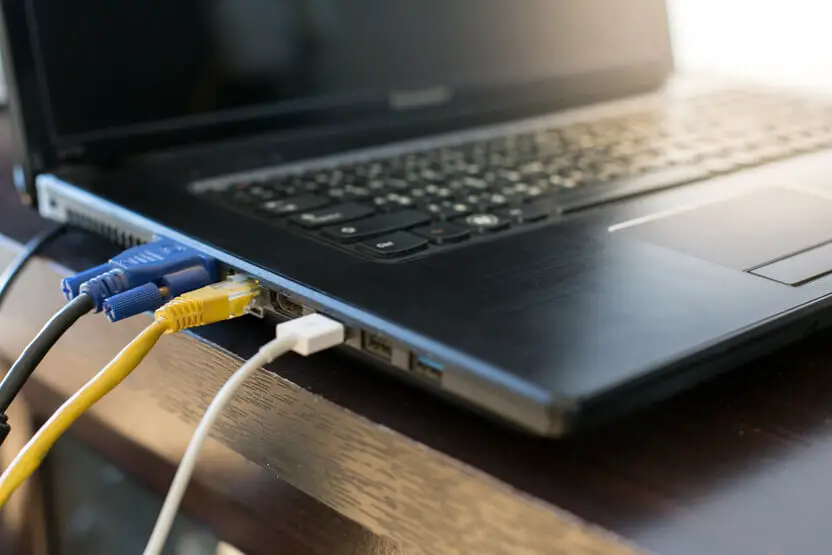
 Explained7 months ago
Explained7 months agoHow Can Monitors Be Connected By USB? (Explained)
-

 Gaming7 months ago
Gaming7 months agoNeal Fun Spend: Spend Bill Gates and Elon Musk Money

